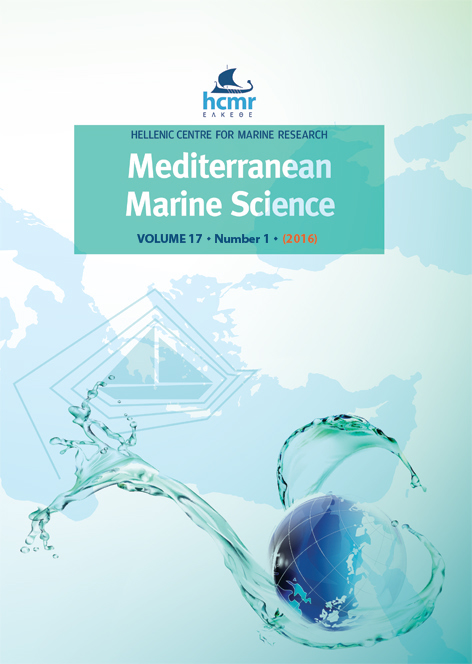Redefinition of cell size classification of phytoplankton – a potential tool for improving the quality and assurance of data interpretation
Аннотация
To date, phytoplankton cell size classification is based on linear metrics (nano: 2-20 μm; micro: 20-200 μm; macro: >200 μm) although three-dimensional metrics are used for cell or body size descriptions of all terrestrial and aquatic organisms. This study proposes a redefinition of phytoplankton size classification expressed in terms of cell volume (μm3) metrics by analyzing statistically a data set of 397 species from three major groups of eukaryotic taxa (diatoms, dinoflagellates, coccolithophores). The three size classes based on cell volume metrics are nanoplankton (10-103 μm3), microplankton (103-106μm3) and macroplankton (106-109μm3). Size spectra of cell volume frequencies, species richness-cell size and cell abundance-cell size relationships were evaluated with the use of cell volume (μm3) metrics while fitting of the relevant equations significantly accounted for the data. The analysis of size classes versus taxonomic composition based on cell volume metrics revealed taxonomic group (diatoms, dinoflagellates, coccolithophores) differentiations in nano-micro-macro size classes, thus providing an accurate size classification within and among taxa. This classification offers more precise information on the taxon-size relationships, which are valuable for phytoplankton community structure studies and useful for further development of the remote sensing models designed for differentiating phytoplankton taxa by satellite.
Article Details
- Как цитировать
-
IGNATIADES, L. (2015). Redefinition of cell size classification of phytoplankton – a potential tool for improving the quality and assurance of data interpretation. Mediterranean Marine Science, 17(1), 56–64. https://doi.org/10.12681/mms.1332
- Выпуск
- Том 17 № 1 (2016)
- Раздел
- Research Article
Authors who publish with this journal agree to the following terms:
- Authors retain copyright and grant the journal right of first publication with the work simultaneously licensed under a Creative Commons Attribution Non-Commercial License that allows others to share the work with an acknowledgement of the work's authorship and initial publication in this journal.
- Authors are able to enter into separate, additional contractual arrangements for the non-exclusive distribution of the journal's published version of the work (e.g. post it to an institutional repository or publish it in a book), with an acknowledgement of its initial publication in this journal.
- Authors are permitted and encouraged to post their work online (preferably in institutional repositories or on their website) prior to and during the submission process, as it can lead to productive exchanges, as well as earlier and greater citation of published work (See The Effect of Open Access).





